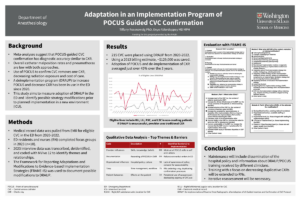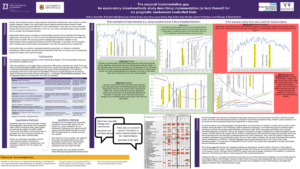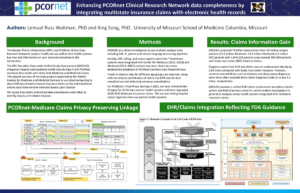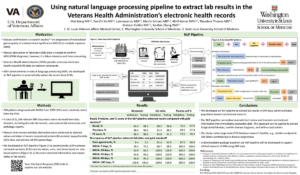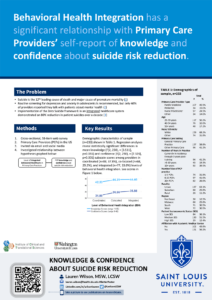Introduction: Ultrasound (US) guided confirmation of central venous catheters (CVC) has similar sensitivity to the traditional chest x-ray (CXR), while being less resource intensive and lowering labor cost. In spite of this data, clinicians continue to obtain CXR for CVC confirmation and have not adopted US, a new innovation, to replace CXR. A protocol was […]
34. Adaptation in an Implementation Program of POCUS Guided CVC Confirmation
